My problem is that I can't look at any small offcut of chipboard, plywood or mdf without wondering if I could fit a model railway thereon. And so it was that I was stood, staring at the small piece of mdf before me, measuring just four feet by five and a half inches. Yes, that's right - five and a half inches! I considered a small wayside halt but fancying something different, I opted for a 'watching the trains go by' type layout. I use the word 'layout' rather loosely as it amounted to a single line of track on my small piece of mdf. I decided that a roadside tramway would be nice, using both the Wantage Tramway and the Wisbech & Upwell Tramway as my inspiration. This would give me the opportunity to run my collection class 03, 04 and 08 shunters with small trains of wagons in tow. This is how I envisaged the scene:
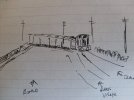
I drew a plan, which showed the track crossing the road at the left-hand end. In the event this proved impossible to achieve due to the narrow board.
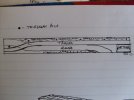
The cottage on the right would act as a 'view-blocker' for trains entering and leaving at that end of the layout. Advertisment hoardings would do the same at the left-hand end. There would be a short fiddle-stick at both ends of the layout.
A single line of C&L code 75 track was glued to the board and ballast was sprinkled thereon. Various heavy objects were placed on the track which was left overnight to dry:
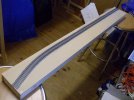
Two wires were soldered to the rails for DC operation. No need for a wiring diagramme!
The rails and chairs were painted a suitable rust colour using enamel paint.
Terry

I drew a plan, which showed the track crossing the road at the left-hand end. In the event this proved impossible to achieve due to the narrow board.

The cottage on the right would act as a 'view-blocker' for trains entering and leaving at that end of the layout. Advertisment hoardings would do the same at the left-hand end. There would be a short fiddle-stick at both ends of the layout.
A single line of C&L code 75 track was glued to the board and ballast was sprinkled thereon. Various heavy objects were placed on the track which was left overnight to dry:

Two wires were soldered to the rails for DC operation. No need for a wiring diagramme!
The rails and chairs were painted a suitable rust colour using enamel paint.
Terry
Last edited:

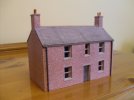
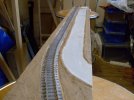
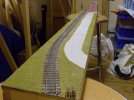
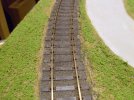
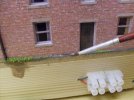
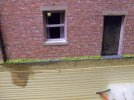
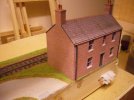
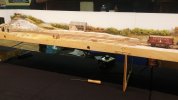
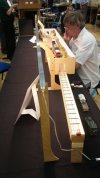
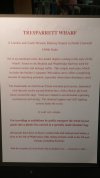



 )
)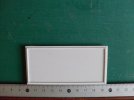
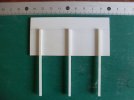
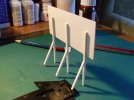
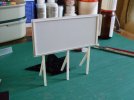
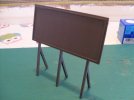
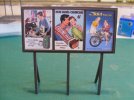
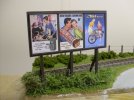
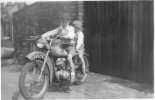
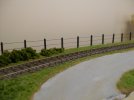
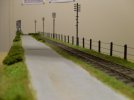
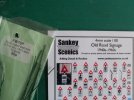

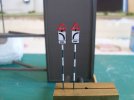
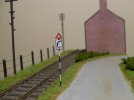
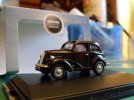
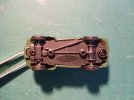
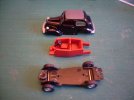
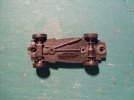
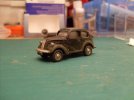
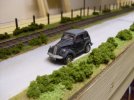
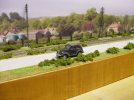
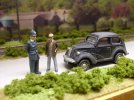
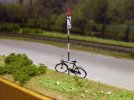
 but I love the cameo that PC Plod was able to pull him over riding a bicycle - very 1950s!!
but I love the cameo that PC Plod was able to pull him over riding a bicycle - very 1950s!! 